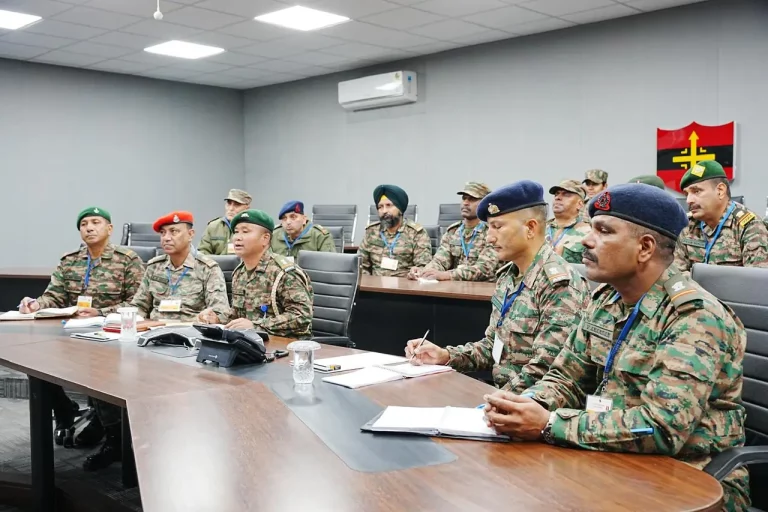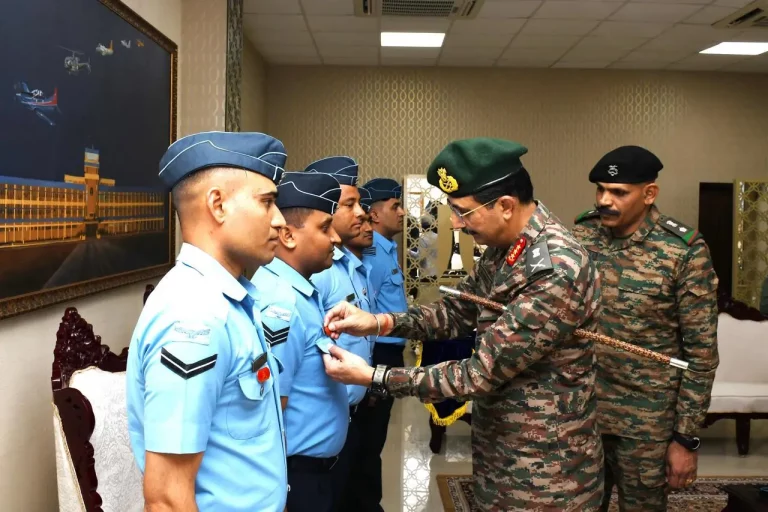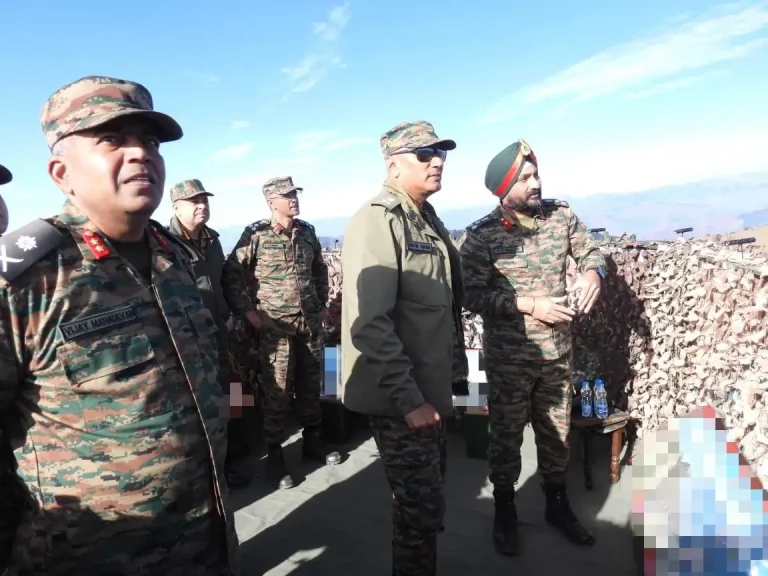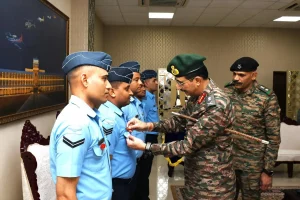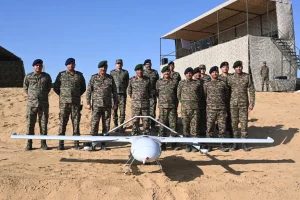In a significant escalation of cross-border tensions between India and Pakistan, a Pakistani Air Force jet was shot down by Indian air defense systems in the Pathankot sector of Punjab. Multiple defense sources have confirmed the incident, which marks a troubling development following a surge in hostilities linked to a recent terror attack on April 22 in Pahalgam, Jammu and Kashmir. This attack resulted in the deaths of 28 civilians and has heightened tensions in the region.
While official confirmation from the Indian government is still pending, military sources indicate that the downing of the Pakistani aircraft is part of a wider series of retaliatory operations launched by India, dubbed “Operation Sindoor.” This operation commenced on May 7 and has focused on targeting nine terror camps situated in Pakistan and Pakistan-occupied Jammu and Kashmir (PoJK), specifically those affiliated with banned militant groups such as Lashkar-e-Taiba and Jaish-e-Mohammed.
On the same day that the jet was downed, Indian forces engaged in further defensive measures, successfully intercepting two Pakistani drones in the Naushera sector of Jammu and Kashmir amid heavy artillery exchanges along the Line of Control (LoC). The Headquarters Integrated Defence Staff reported that Pakistan had attempted missile and drone strikes on crucial military installations in Jammu, Pathankot, and Udhampur, all of which were neutralized without reported casualties on the Indian side.
In light of the escalating situation, Indian Union Home Minister Amit Shah convened a high-level security meeting with senior officials from India’s border guarding forces to evaluate the security landscape along the western frontiers. Additionally, he oversaw a review of airport security with the Director General of the Central Industrial Security Force (CISF) as national alert levels were raised.
India’s air defense systems showcased their preparedness by effectively intercepting all incoming threats from Pakistan, which included potential strikes on regions such as Satwari, Samba, RS Pura, Arnia, and extending to Jaisalmer in Rajasthan. Military officials confirmed the implementation of standard operating procedures employing both kinetic and non-kinetic responses to counter the aggression.
The operation’s name, “Operation Sindoor,” has garnered attention for its cultural significance, symbolizing protection and honor in Indian society. The initiative was reportedly launched to avenge the victims of the Pahalgam massacre, particularly in light of the poignant image of a grieving widow, Himanshi Narwal, which has become emblematic of national mourning. However, the choice of a culturally feminine symbol for a military mission has drawn criticism from some feminist groups, who question the appropriateness of such a metaphor in a wartime context.
As tensions ratchet up, the United Nations has urged both nuclear-armed nations to exercise “maximum restraint” to avoid further escalation. In contrast, India continues to signal its military readiness; the Indian Navy has conducted test missile strikes, and Prime Minister Narendra Modi has vowed to pursue those responsible for the recent violence “to the ends of the earth.”
Experts suggest that the Pahalgam attack has significantly undermined the Indian government’s narrative of declining militancy in Kashmir since the revocation of the region’s special status in 2019. With both India and Pakistan now on high alert, the region stands on the precipice of a potentially perilous confrontation.



